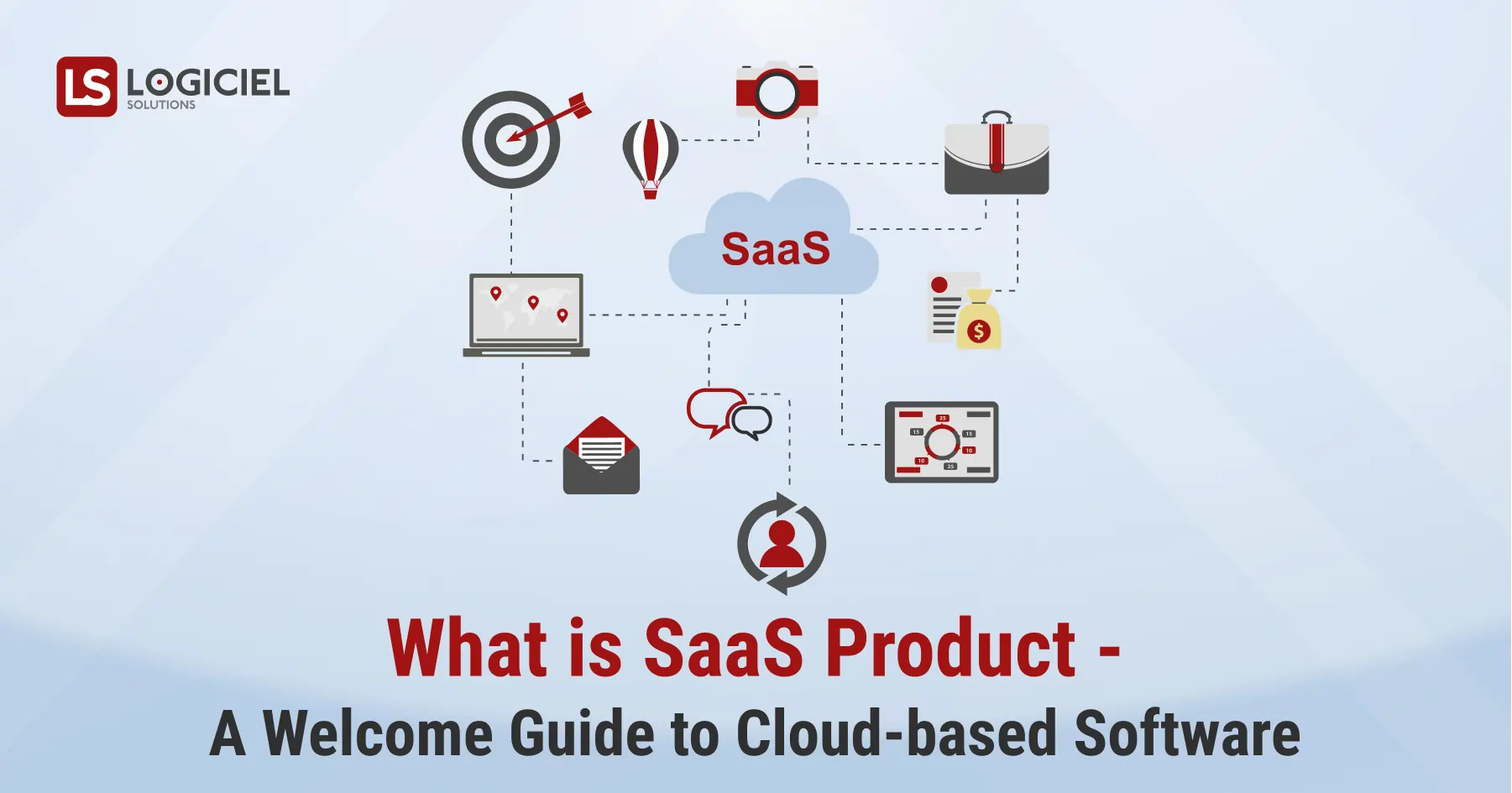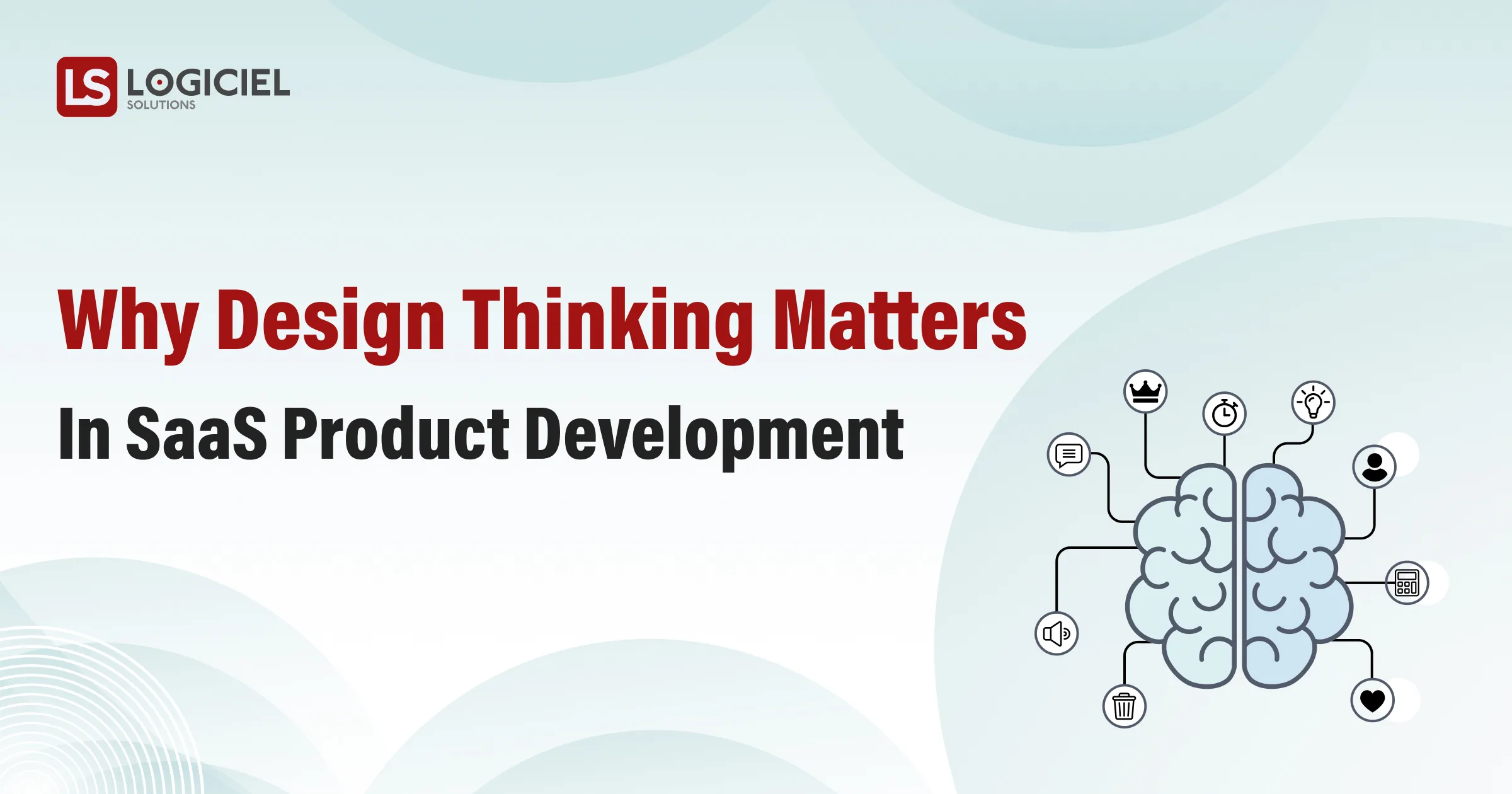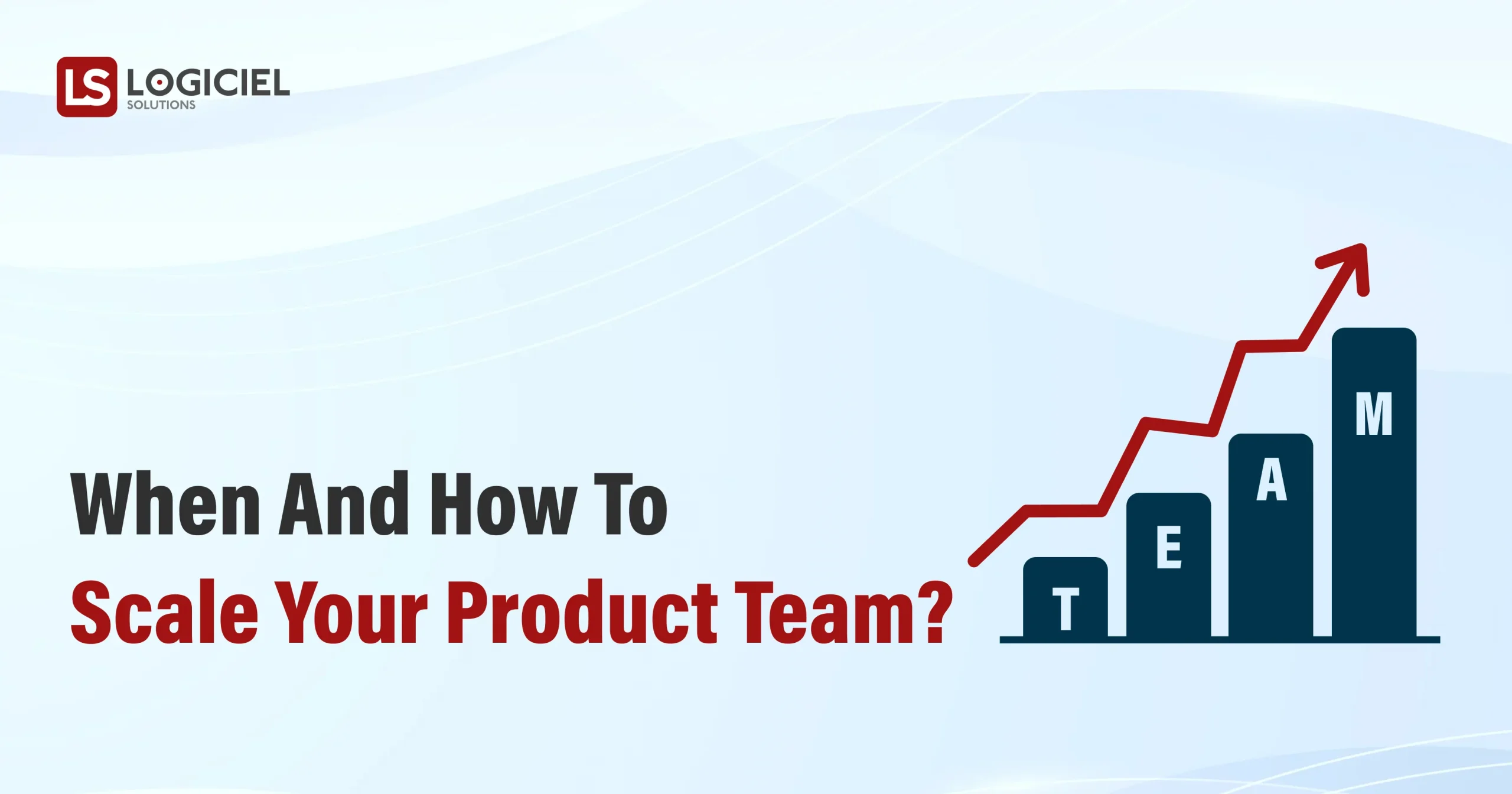Seize the moment and embark on your SaaS product journey, as the industry is projected to reach a staggering value of approximately $195 billion U.S. dollars by the end of 2023.
This vast market presents an incredible opportunity, but you must acquire a foundational understanding of its dynamics and intricacies to thrive.
Fortunately, this comprehensive guide is designed to equip you with valuable insights into the workings of the SaaS industry. It will empower you to confidently launch and nurture the growth of your SaaS product with the essential knowledge you need.
What is a SaaS product?
Software-as-a-Service (SaaS) refers to a cloud-based software delivery approach enabling users to access software applications online. Under the SaaS model, the software is stored on remote servers, continuously maintained and updated by the service provider, and conveniently accessible to customers through web browsers, mobile apps, and APIs. This revolutionary method offers numerous advantages to users compared to traditional software delivery models, including reduced upfront expenses, scalability, adaptability, and ease of access. By hosting the software on the service provider’s servers, users avoid investing in costly infrastructure; instead, they pay a subscription fee to enjoy the software as a flexible on-demand service.
The SaaS product-market holds immense potential, offering a chance to partake in the competitive “cloud” landscape and carve a niche in its trillion-dollar industry. It is vital to highlight the importance of adopting effective management practices to maximize the utilization and efficiency of cloud-based software for businesses. Consequently, to thrive in this domain, it is essential to grasp fundamental principles and ever-changing dynamics.
Advantages & disadvantages of a SaaS product
Advantages of SaaS
1. Cost Reduction
One of the most well-known and apparent advantages of adopting SaaS for businesses is cost reduction. The need to purchase and install software and IT infrastructure in-house is eliminated when renting the software from a third-party service provider. The payment is made on a subscription basis, depending on the infrastructure usage.
2. Ease of Accessibility
SaaS products are easily accessible, requiring only a computer and stable internet connection to access and use the cloud-hosted software. This allows the application to be available on remote desktops or mobile phones and operated from anywhere at any time.
3. Effortless Scalability
Scaling up your business and adding new users becomes hassle-free. There’s no need to buy additional software licenses or server space; simply upgrade your existing plan or subscription for the product to accommodate the new users. It also benefits businesses with seasonal trends, allowing them to cut down on subscription costs when necessary.
4. Trouble-free Upgradation
Unlike the burdensome task of upgrading software and hardware on-premises, applications remove this responsibility from your in-house team. The service provider handles upgrades, reducing vulnerabilities and freeing your tech team’s time for other tasks, such as in-house application integration.
5. Highly Resilient
With data and technical infrastructure stored in the cloud at a remote location, any damage or disaster to your business premises can be quickly resolved. With internet access, you can restore operations from any location, ensuring business continuity.
Disadvantages of SaaS
1. Insufficient Data Security
Data security is a primary concern when considering SaaS. Companies must address identity and access management to protect sensitive data when trusting a third-party service provider. Mobile accessibility demands even stricter measures to safeguard sensitive information.
2. Difficulty with Regulations Compliance
Storing critical data in a service provider’s data center can pose challenges in complying with government data protection regulations. Understanding the applicable rules, questioning the service provider appropriately, and addressing any inconsistencies are essential for compliance.
3. Complex Data Mobility
Transferring critical data from one SaaS provider to another can be challenging, especially if the current provider fails or you decide to switch. A well-planned exit strategy is crucial to handle such situations effectively.
4. Low-Performance
Applications hosted remotely may experience performance issues compared to running apps on employees’ desktops. Investing in a fast and reliable internet connection and applying performance management tools can help mitigate this factor.
5. Troublesome Software Integration
Integrating multiple external applications with existing in-house software can lead to compatibility issues. Careful compatibility checks with all products are necessary to ensure seamless integration.
Types of SaaS
1. Packaged SaaS
These products focus on managing specific organizational processes, such as enhancing employee engagement, bolstering customer relations, or optimizing marketing effectiveness. A prime example of a packaged solution is HubSpot, offering tools for sales, marketing, and customer relationship management.
2. Collaborative SaaS
Designed to enhance teamwork and collaboration, these applications facilitate messaging, video conferencing, and document collaboration, among other features. Notable examples include Zoom, Paper, and Basecamp.
3. Technical SaaS
These applications provide tools to manage and streamline development or technical processes. For instance, Cloudsponge simplifies contact importing for developers, while Algolia offers a search API to enhance search experiences in other applications.
SaaS Examples

Undoubtedly, a tech giant, Google boasts an impressive portfolio of 137 online products that have become an integral part of our daily lives. From search engines and maps to advertising software, analytics, and document services, we rely on their diverse range of offerings extensively.
Originating as a humble startup in 1998, the company flourished into a global powerhouse. Over the course of 21 years, it has achieved remarkable success, amassing a staggering revenue of $136 billion.
Slack
Slack provides a highly sought-after chat solution tailored for businesses, enabling internal messaging, video conferencing, and productivity bots. Renowned companies like Netflix and Uber are among its prominent users. Setting up Slack is a breeze, requiring an internet connection for easy installation and immediate usage. There’s no need for specialized hardware or software, as the web-based application ensures security and performance are efficiently handled directly by Slack.
Zoom
Zoom offers comprehensive video conferencing solutions for conducting remote meetings. As the world adapted to a predominantly remote workforce during the pandemic, Zoom experienced remarkable growth. For the current fiscal year 2023, the company anticipates generating revenue between $4.53 billion and $4.55 billion. Zoom’s cloud-based platform ensures seamless installation and usage across various devices.
Adobe
We are all familiar with popular software like Photoshop, Illustrator, and Flash Player, all owned by Adobe. With a vast collection of over 50 software products encompassing photo and video editing, printed media, and marketing, Adobe has a significant market presence.
Their software facilitates the opening of an astounding 200 million PDFs annually. Thanks to its dedicated user base, Adobe recorded an impressive revenue of $9 billion in the previous year.
Shopify
If you plan to launch your own business, relying on a reputable tool is crucial. Shopify, an eCommerce platform, offers four products, including its main feature for online stores and retail Point Of Sale (POS) systems.
Over 800 thousand entrepreneurs trust Shopify for their business needs, contributing to the company’s impressive revenue of $1.3 billion last year.
SaaS pricing Models
When launching a new SaaS company, one of the crucial decisions is how to structure the pricing for the product. This choice holds significant importance for two reasons: firstly, it directly impacts a potential user’s inclination to consider the solution, and secondly, it can influence the company’s growth rate. According to PwC, a business typically takes around two years to reach a break-even point. Hence, let’s explore various pricing models that you can consider for your product.
Freemium
The freemium model offers a substantial set of features for free, enticing users to get acquainted with the product. To access additional advanced features, users must opt for paid packages. Examples of products following the freemium model include Slack, Dropbox, and Airstory. While most users can utilize the basic features at no cost, they must upgrade to a premium package when their needs surpass the free offering.
Flat-Rate Pricing
In the flat-rate pricing model, companies offer a single product with a standard feature set for a fixed fee. Basecamp, for instance, charges a flat rate of $99 per month, granting users access to all its features.
Tiered Pricing
SaaS brands’ most common pricing strategy involves offering multiple packages, each tailored to meet diverse user requirements. Each package encompasses a distinct feature set, catering to users with varying needs.
Per-User Pricing
Some SaaS companies offer an alternative pricing option based on the number of users. Rather than paying a flat fee or selecting specific feature sets, users are charged per user. For instance, Asana charges companies a flat rate for each person onboard to the app.
Usage-Based Pricing
In the usage-based pricing model, products charge according to actual usage rather than fixed feature sets or the number of users. Companies using Stripe, for example, pay for every transaction processed through the platform.
Takeaway
Are you considering integrating Software-as-a-Service (SaaS) into your business processes? Take the necessary time to evaluate your business needs and identify potential opportunities. It could be a more robust marketing strategy, a reliable help desk solution, or a straightforward tool for team collaboration on projects.
Rest assured; there’s a high probability of finding a suitable SaaS solution to meet your specific requirements and capitalize on the available opportunities. As you explore the options, conduct thorough research on all the available SaaS tools. This will enable you to make informed decisions and select the best-fit solutions for your business.




